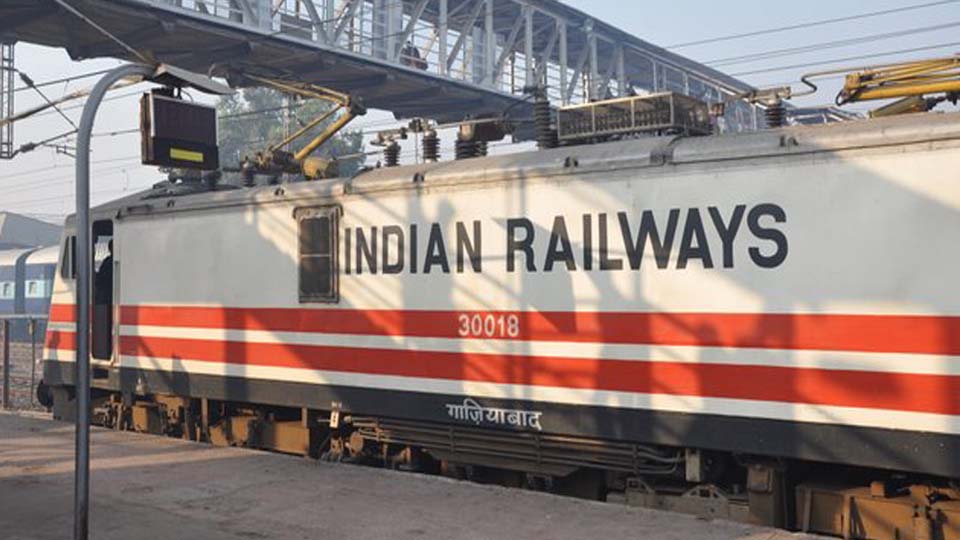The appearance or emergence of Planet Earth in the boundless universe, compared to a mere dust particle for its relative volume has been chemically determined to have taken place about 4.5 billion years ago or 450 crore years ago. The tenure of human beings on the Planet, as they physically appear in our times, has been estimated to have begun about two lakh years ago. During the two hugely varying periods of time, Earth has been battered by disasters in numbers beyond one’s imagination should be considered as infinite, with earthquakes accounting for them in a major way from the angle of destruction they have resulted in. Hurricanes (the devastating gusts of wind at speeds touching 150 miles an hour), tornadoes (the rapidly rotating columns of air both close to land and at low altitudes), landslides (falling mass of rocks and mud on the slopes of hillocks), forest-fires engulfing large areas of greenery, floods caused by overflowing rivers, cloud bursts, and lightnings with high voltage electric strikes on buildings have challenged human ingenuity and courage in their path.
As if to keep company with nature gifting us many bounties and also challenging human populations all over the Earth with the aforementioned disasters, human beings too have brought upon themselves the all-too-familiar man-made disasters. One is obliged to refer to road mishaps, air crashes, building collapses, railway accidents, epidemics, stampedes and so on claiming lives in humongous proportions.
While the only option in dealing with any of the unpredictable nature-associated disasters, after they have struck in different regions of the Planet is to first set into motion rescue operations to keep the loss of life of humans and animals to the minimum, first-aid to the injured, bury the dead and take steps to restore normalcy of life, the man-made disasters are not only preventable to a great extent with the option of preparing in advance to meet all contingencies. One such initiative has just been disclosed by the Union Ministry of Railways in the form of creating a facility called Railways Disaster Management Village, a pioneering act. The fact that the set-up is being located in Hejjala near Bengaluru is sure to make people of the region feel a sense of pride.
The authorities, whose innovative initiative has happened not a day too late, considering the frequently taking place rail mishaps, have to be complimented. However, given the knowledge already available on the causes of Railway disasters, while the proposal of training personnel to address the consequences of mishaps is important, developing the blue print of preventing the mishaps is more important. That should include a) scrapping over-aged rolling stock, b) ensuring deployment of 100 per cent duty-conscious staff in operating the Railway fleet, c) maintaining the infrastructure in tip-top condition and so on.








Recent Comments